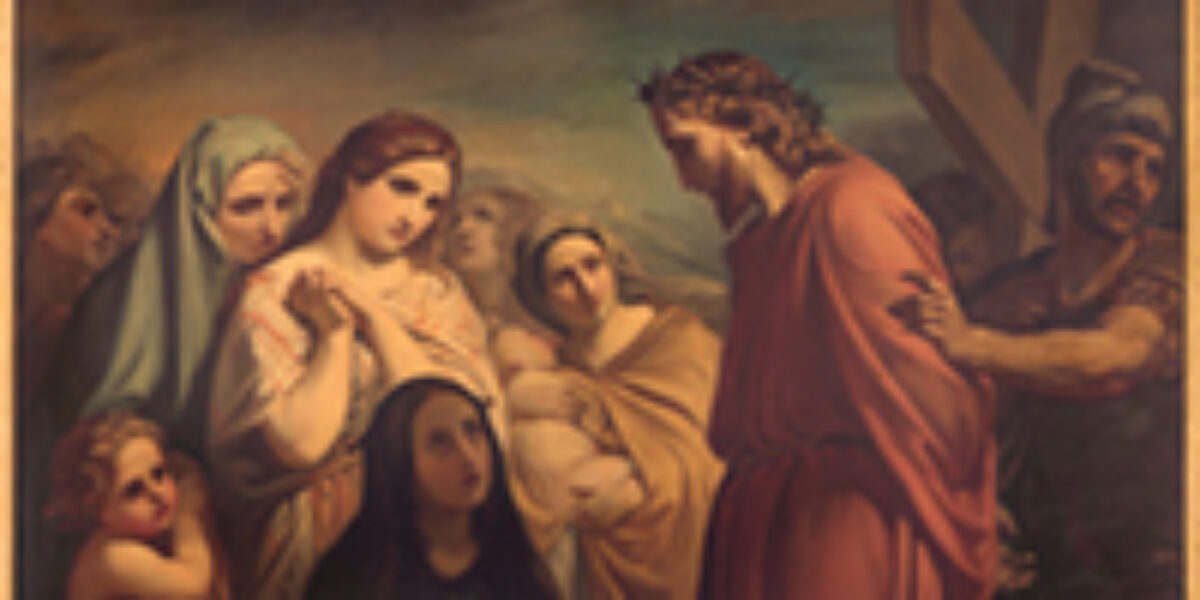The Law of Moses forbade prostitution, but the image of a prostitute is used several places in the Bible (Exodus 16, Hosea, Revelation 17).
Two different kinds of prostitute are found in biblical stories. First are those who offered to have sex with men to earn money or to get some personal favor. Some women may have become prostitutes as a way to survive when they no longer were under the protection or care of a husband, father, or other family members. Prostitutes wore fancy clothes and jewels to attract men (Ezek 16:8-26). One prostitute named Rahab is best known for helping Joshua’s spies escape from Jericho after they had sneaked into the city (Josh 2).
A second kind of prostitute, often called a “sacred” or “temple” prostitute, was a female or a male who had sex with worshipers of a god or goddess in a temple. Many of these gods or goddesses were thought to make the land and its people fertile. In Canaan, there were pairs of such gods: Baal and Asherah, and later, Osiris and Isis. The prophet Hosea seems to be warning the people of Israel against having sex with temple prostitutes in rituals honoring these Canaanite fertility gods (Hos 4:10-19). Some time later, Judah’s King Josiah (639–609 B.C.) tore down buildings that housed “male prostitutes” (2 Kgs 23:7) who may have served in the worship of Canaanite gods. In the Jewish Scriptures (Old Testament), Israel’s unfaithfulness is often compared with being a prostitute or chasing after prostitutes (Isa 23:16; Jer 3:6; Ezek 16; Nah 3:4). In the New Testament, the writer of Revelation calls Babylon, meaning the Roman Empire, a shameless prostitute who tempts people and nations into relations with her (Rev 17).
The Law of Moses (Lev 19:29) forbade prostitution, and those found guilty could be killed by crushing them with stones (Deut 22:21). A priest’s daughter who became a prostitute was to be burned to death (Lev 21:9). No money earned by prostitutes was to be accepted as a gift to the temple (Deut 23:18).




